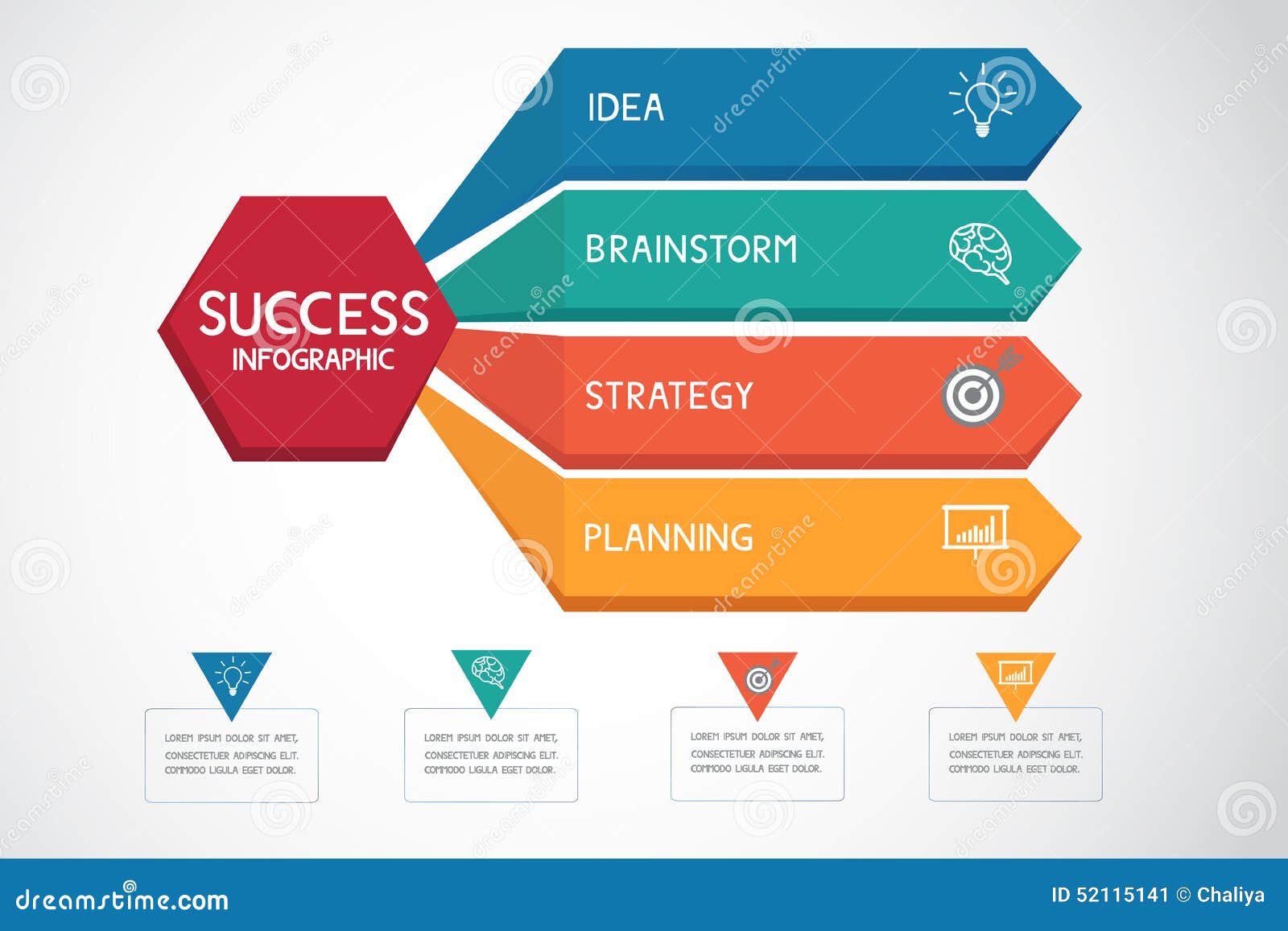Interested In Finding Out Exactly How Site Style Has Developed? Check Out The Trip From Uncomplicated Designs To User-Centric Methods
Interested In Finding Out Exactly How Site Style Has Developed? Check Out The Trip From Uncomplicated Designs To User-Centric Methods
Blog Article
Content Writer-Jonasson Vinson
In the past, websites were easy and focused on information. Navigation was direct, and style was for desktops. Currently, https://www.forbes.com/sites/forbesagencycouncil/2022/06/28/3-critical-questions-to-ask-when-considering-a-digital-experience-platform/ is essential. Information overviews layouts for easy navigating. Receptive designs fit various devices. Today, dark mode minimizes strain, and minimal food selections enhance navigating. Interactive attributes engage individuals, and vibrant visuals stand apart. new web design . See just how layout has actually developed to boost your on-line journey.
Very Early Days of Web Design
In the early days of web design, simplicity reigned supreme. Sites were fundamental, with restricted shades, font styles, and layouts. The emphasis got on giving information rather than fancy visuals. Individuals accessed the web via slow-moving dial-up connections, so speed and functionality were key.
Navigating food selections were straightforward, normally located on top or side of the web page. Internet sites were made for desktop, as mobile browsing had not been yet widespread. Content was king, and designers focused on very easy readability over complex layout components.
HTML was the main coding language used, and developers needed to function within its restraints. Computer animations and interactive functions were minimal contrasted to today's standards. Sites were static, with little dynamic material or personalized user experiences.
Increase of User-Focused Style
With the evolution of internet site style, a shift in the direction of user-focused design concepts has come to be significantly popular. Today, producing web sites that prioritize customer experience is important for engaging visitors and achieving service goals. User-focused design involves recognizing the demands, preferences, and habits of your target market to customize the site's layout, material, and includes accordingly.
Developers now conduct complete research study, such as customer surveys and usability screening, to collect insights and responses directly from customers. This data-driven method helps in producing instinctive navigating, clear calls-to-action, and visually appealing user interfaces that resonate with visitors. By placing the user at the center of the layout process, sites can supply a much more individualized and delightful experience.
Responsive design has additionally emerged as a key facet of user-focused style, ensuring that sites are optimized for different devices and screen sizes. This flexibility improves availability and use, accommodating the varied methods customers communicate with sites today. In essence, the rise of user-focused design indicates a change in the direction of producing electronic experiences that prioritize the requirements and assumptions of completion user.
Modern Trends in Web Design
Check out the current trends forming web design today. One prominent fad is dark setting style, providing a smooth and contemporary look while lowering eye stress in low-light settings. One more essential pattern is minimalist navigation, streamlining menus and boosting user experience by focusing on essential elements. Incorporating micro-interactions, such as animated switches or scrolling results, can develop a much more appealing and interactive web site. Receptive design continues to be crucial, guaranteeing smooth individual experiences across various tools. Furthermore, using vibrant typography and unbalanced layouts can include aesthetic passion and accentuate particular material.
Integrating AI innovation, like chatbots for customer assistance or individualized referrals, enhances customer interaction and streamlines processes. Ease of access has likewise become a significant pattern, with developers focusing on inclusive layout techniques to accommodate diverse user needs. Accepting https://email-marketing-service95173.digitollblog.com/29676461/raise-your-online-presence-with-professional-web-design-strategies by optimizing site performance for rate and efficiency is an additional arising pattern in web design. Collaborating with customer feedback and information analytics to repeat and enhance style continually is essential for remaining pertinent in the ever-evolving electronic landscape. By accepting these modern fads, you can create an aesthetically attractive, easy to use website that reverberates with your audience.
Final thought
As you review the advancement of internet site design from the very early days to currently, you can see exactly how user-focused layout has actually ended up being the driving pressure behind contemporary trends.
Welcome the journey of change and adaptation in web design, always maintaining the customer experience at the leading edge.
Keep existing with the current trends and innovations, and never ever quit evolving your approach to create aesthetically stunning and easy to use sites.
Develop, adapt, and create - the future of website design remains in your hands.
